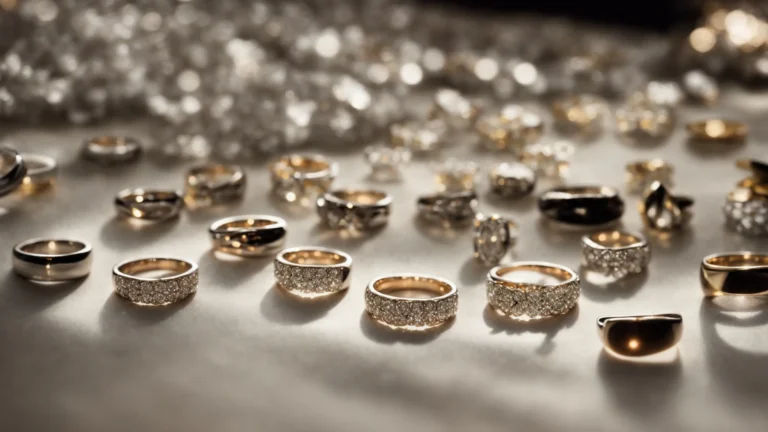Why Home Aesthetics Matter More Than You Think
The way a space looks and feels has a huge influence on your mood and mindset. Think about how you feel walking into a clean, cozy living room versus a cluttered, chaotic one. The colors, layout, textures, and lighting around you are constantly shaping your experience—even if you’re not always aware of it.
Interior decor isn’t just about making a space “look nice.” It’s about making your environment work for your lifestyle, your habits, and your sense of peace. It’s a form of self-expression and functionality combined, and when done thoughtfully, it can elevate your everyday routines.
How Decor Supports Daily Function
Good design makes life easier. It creates flow, removes friction, and allows you to use your space intuitively. That’s especially important in places like kitchens, entryways, and offices where efficiency matters.
Layout plays a big role here, like keeping high-use items within easy reach or making sure there’s enough seating for a busy household. But even smaller choices, like lighting or wall color, can make a big difference. A well-lit workspace can increase productivity, while a calming bedroom color palette might help improve sleep.
Every detail matters when your space is meant to support how you live. That’s why many people work with professionals, including interior decorators Orlando and other regions, who know how to make beauty and practicality blend effortlessly.
The Psychology Behind Color and Texture
Color theory isn’t just for artists—it’s a foundational part of interior decor. Different colors evoke different moods. Cool tones like blue and green are known for their calming effects, while warmer tones like red or orange bring energy and vibrancy.
Texture also plays a key role. A space filled with hard, glossy surfaces can feel cold or impersonal. But adding in soft fabrics, natural fibers, and layered textures can make a room feel welcoming and grounded.
This is especially important in places with year-round sun, like Florida. Incorporating light, breathable materials and coastal-inspired tones can help a space feel relaxed without sacrificing style.
Balancing Personality and Cohesion
Decorating a home is personal—it should reflect the people who live there. But it also needs to make sense as a whole. Finding the balance between individuality and cohesion is one of the most important parts of the design process.
You might love bold prints, vintage pieces, or minimalist furniture, but without a clear vision, a space can start to feel disjointed. That’s where principles like repetition, contrast, and proportion come into play. Using the same wood tone across different rooms, repeating an accent color, or balancing bold and neutral elements can tie everything together.
In a city as stylistically diverse as Orlando, it’s not uncommon to see eclectic styles mixed into a single home. Knowing how to weave those elements together in a cohesive way is something interior decorators in Orlando often help clients navigate.
Making Small Spaces Feel Bigger
Not every home has grand square footage, but smart design can make even small spaces feel open and functional. One common trick is using mirrors to reflect light and expand the visual space. Choosing light colors and clean lines also helps keep things airy.
Furniture placement matters, too. You don’t always need less furniture—just the right scale. Floating pieces off the floor with legs, like a mid-century modern couch or open shelving, creates a feeling of openness.
Vertical space often goes underused in small homes. Adding storage or design features that draw the eye upward can maximize the potential of every inch.
The Role of Decor in Wellness
There’s a growing movement around wellness-focused design, and it’s not just a trend—it’s about aligning your environment with your mental, emotional, and even physical health.
Natural materials, plants, airflow, and daylight are all elements of biophilic design, which aims to create a stronger connection between people and nature. Studies show that natural elements in a home can reduce stress and improve focus.
Even sound and scent play a part. Soft rugs, curtains, and wall treatments can improve acoustics, while diffusers or candles can contribute to a calming atmosphere. The idea is to design not just for how things look, but for how they make you feel.
Working With Professionals Who Understand the Area
Every region has its own personality, style preferences, and environmental factors that influence design. What works in a New York loft might not make sense in a Florida bungalow.
That’s why working with local professionals, like interior decorators Orlando, can be so valuable. They understand how to work with the light, architecture, and lifestyle of the area. They also know what materials hold up best in humid climates or how to create a cool, breathable interior that doesn’t sacrifice style.
Locals often also have connections to nearby artisans, vintage stores, or regional decor brands, which adds a unique layer of authenticity to your space.
Decor Trends That Are Sticking Around
While trends come and go, some design ideas have staying power. Neutral, earthy color palettes continue to dominate, providing a calming, timeless base. Sustainability is a growing priority, with more people opting for vintage, reclaimed, or eco-conscious materials.
Open shelving and multipurpose furniture remain popular, especially in smaller homes. And layered lighting—combining overhead, task, and accent lighting—is being used to add depth and flexibility to rooms.
At the end of the day, the best design isn’t about keeping up with trends. It’s about understanding your space, your habits, and your goals—and then creating a home that supports all of that while reflecting your unique style.



